Content Needing Review
From Signal Identification Wiki
Pages are added to this category for a number of reasons. These include:
- The page may be unnecessary and a candidate for deletion.
- The page needs to be reviewed by an expert in the subject matter to ensure or otherwise protect factual accuracy.
- There are issues with the page's Semantic MediaWiki metadata that are not simple fixes.
Be sure to use the page's Talk page to describe specific issues; this category is merely a list of pages flagged as having issues.
Click the name of a signal to see more detailed information, possible decoding, and additional sound and waterfall samples
| Inactive (No longer in use) |
Active (Currently in active use) |
Status Unknown or Intermittent |
| Signal Name | Description | Frequency | Mode | Modulation | Bandwidth | Location | Sample Audio | Waterfall image |
|---|---|---|---|---|---|---|---|---|
| AFSK Paging Link | A variant of POCSAG/FLEX with audio FSKFrequency-Shift Keying modulation based off of the bell 202 tones. Typically found as uplinks/downlinks to pager network transmitters. | 72 MHzMegaHertz (MHz) 10^6 Hz — 928 MHzMegaHertz (MHz) 10^6 Hz | NFMNarrowband Frequency Modulation | AFSKAudio Frequency-Shift Keying | 9 kHzKiloHertz (kHz) 10^3 Hz | Worldwide | 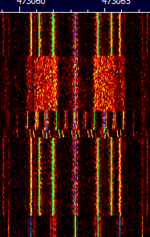 |
|
| Adam H Image Capable Digital Mode (AHICDM) | AHICDM is a simple, slow and reliable modulation protocol that allows binary data in standard ASCII to be sent over audio. | Digital | United Kingdom | 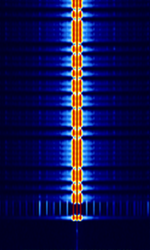 |
||||
| Adam H Secure Communication (AHSC) | AHSC uses a randomly generated One-Time-Pad to secure communications between transmitter and receiver. Used for unscheduled transferring of data due to the architecture of the protocol / mode which makes decoding the message impossible if the transmission was not listened to from the beginning. | USBUpper Side Band Modulation (Radio, referring to reception and modulation mode)Universal Serial Bus (Computer, referring to USB Ports and cables) | United Kingdom | 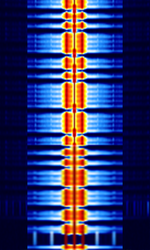 |
||||
| PSK Paging link | Also known as PSKPhase-Shift Keying paging, is a signal that allows side-by-side PSKPhase-Shift Keying to exist in AFSKAudio Frequency-Shift Keying paging links, allowing for more dynamically processed DSP available. | 150 MHzMegaHertz (MHz) 10^6 Hz — 470 MHzMegaHertz (MHz) 10^6 Hz | FMFrequency Modulation | PSKPhase-Shift Keying | 12.5 kHzKiloHertz (kHz) 10^3 Hz | United States | 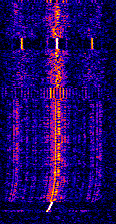 |
|
| Radio Telephone Network C (C-Netz) | The Radio Telephone Network C (German: Funktelefonnetz-C, abbreviated as C-Netz), was a first generation analog cellular phone system deployed and operated in Germany (at first West Germany) by DeTeMobil (formerly of Deutsche Bundespost Telekom, currently Deutsche Telekom). | 450 MHzMegaHertz (MHz) 10^6 Hz | FMFrequency Modulation | FSKFrequency-Shift Keying | 12.5 kHzKiloHertz (kHz) 10^3 Hz | Germany | 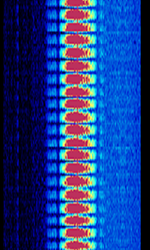 |
|
| UHF Vehicle Location System | UHFUltra High Frequency (300-3000 MHz) Vehicle Location System | 400 MHzMegaHertz (MHz) 10^6 Hz — 900 MHzMegaHertz (MHz) 10^6 Hz | NFMNarrowband Frequency Modulation | FSKFrequency-Shift Keying | 12.5 kHzKiloHertz (kHz) 10^3 Hz | United States | 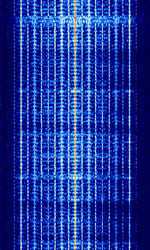 |
Pages in category "Content Needing Review"
The following 6 pages are in this category, out of 6 total.